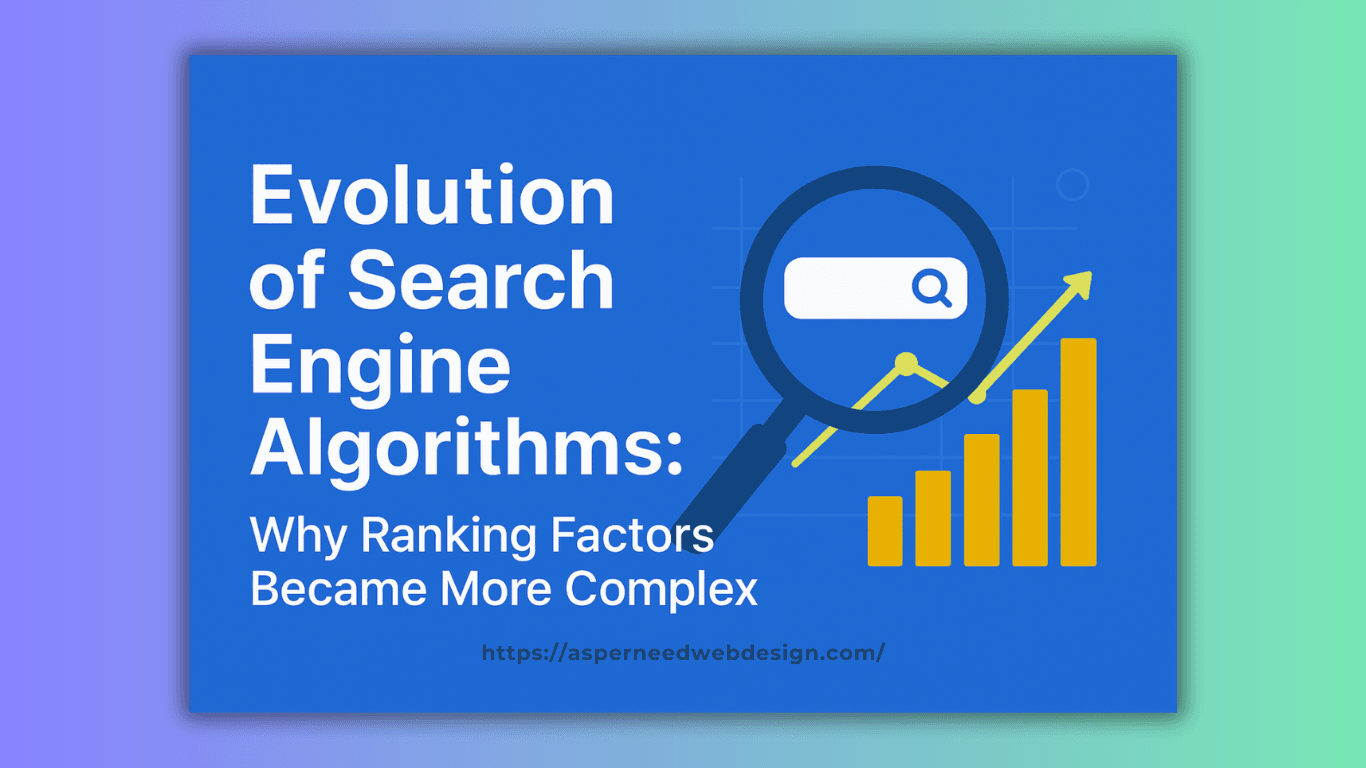In the early days of SEO, ranking on search engines was much easier than it is today. Basic signals like keyword frequency, meta tags, and backlinks determined visibility. While effective initially, these ranking factors were also easy to manipulate. Webmasters exploited tactics like keyword stuffing, link farming, and cloaking to artificially boost rankings.
This manipulation created a poor user experience, and search engines quickly realized the need to adapt. To protect search quality, they introduced more complex search engine algorithms designed to evaluate websites beyond simple tricks.
Why Early Ranking Factors Failed
Early search engine optimization focused on simple signals that didn’t always reflect quality or relevance. Some common manipulative tactics included:
- Keyword stuffing: Overusing keywords unnaturally to appear relevant.
- Low-quality backlinks: Buying links from spammy directories and link farms.
- Hidden content: Cloaking or adding invisible text filled with keywords.
These methods distorted search results and reduced trust in search engines like Google, Yahoo, and Bing.
Evolution of Search Engine Algorithms
To overcome these challenges, search engines evolved their algorithms and introduced advanced ranking signals. Instead of only considering keywords and backlinks, algorithms began factoring in:
- User Experience (UX): Page speed, mobile friendliness, and site navigation.
- Website Security: HTTPS encryption became a ranking factor.
- Content Quality: Google Panda (2011) penalized duplicate and thin content.
- Backlink Authority: The relevance and quality of links became more important than quantity.
- Behavioral Signals: Dwell time, bounce rate, and CTR provided user satisfaction data.
- Artificial Intelligence: AI models like RankBrain and BERT improved intent recognition and semantic search.
This shift in SEO ranking factors made algorithms more resilient against manipulation, rewarding websites that genuinely provide value.
Major Google Algorithm Updates That Changed SEO
The history of Google algorithm updates shows how search evolved to prioritize quality:
- Google Panda (2011): Targeted thin and duplicate content.
- Google Penguin (2012): Penalized unnatural backlinks and link schemes.
- Google Hummingbird (2013): Introduced semantic search for better query understanding.
- Google RankBrain (2015): Applied machine learning to process search queries.
- Helpful Content Update (2022): Promoted people-first, helpful content.
These updates represent the evolution of SEO from keyword manipulation to complex ranking algorithms that focus on trust, authority, and user intent.
What This Means for SEO Today
Modern SEO is less about tricks and more about long-term strategies. To align with evolving algorithms, webmasters should:
- Create high-quality, original content optimized for user intent.
- Build relevant, authoritative backlinks instead of bulk links.
- Focus on technical SEO: fast site speed, mobile optimization, secure HTTPS.
- Prioritize content marketing that satisfies search intent rather than chasing keywords.
By embracing these practices, websites can adapt to future Google updates and maintain strong rankings.
Conclusion
The evolution of search engine algorithms was a necessary step to prevent manipulation and ensure reliable results. Search engines now consider complex ranking factors like user experience, security, authority, and AI-driven signals.
For webmasters, the lesson is clear: SEO success today comes from creating value, not gaming the system.







